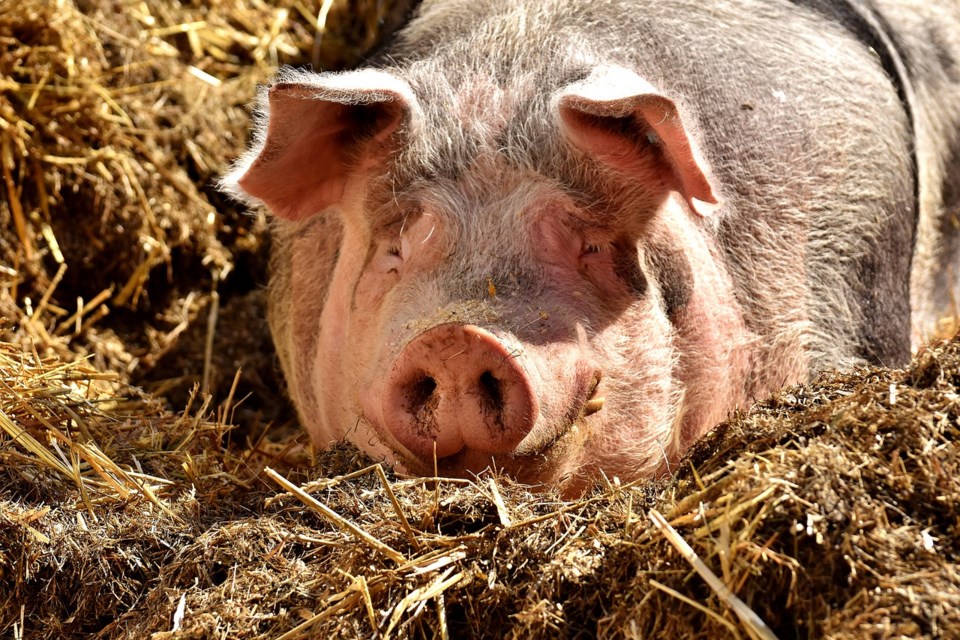Saskatchewan agriculture groups are urging Ottawa to lower barriers blocking farmers from accessing supports in the face of volatile markets.
They've joined producers from other provinces asking the federal government to lower the threshold for payments under the AgriStability business risk management program from 30 per cent to 15 per cent lost income.
"Producers have faced some of the steepest declines, most profound declines our markets have ever seen," Sask Pork general manager Mark Ferguson said.
He supports making payments easier to trigger. As the pandemic stalled meat processing and restrictions shuttered restaurants, he said an oversupply of pork products earlier this year sent prices plummeting.
Saskatchewan pork producers lost about $40 to $50 per hog shipped this spring and summer, Ferguson said. Market average typically falls around $150 to $200 per hog. This year, producers will likely lose an average of about $20 per hog, he said.
He noted assistance did arrive: AgriStability waived its six-month waiting period and increased interim payments from 50 per cent to 75 per cent. Those changes helped, but "it doesn't fix the fact that this is a deeply flawed program," he said.
Another suggestion is to raise the payout percentage from 70 per cent to 85 per cent, he said.
Pointing to those earlier changes, federal Agriculture Minister Marie-Claude Bibeau said in a statement that Ottawa "has been very clear that we will continue to work with provinces and territories to improve the suite of business risk management programs, with a focus on AgriStability."
While raising interim payments and extending the deadline, the federal government's business risk management programs could pay out more than $2 billion to farmers this year, she said.
"As I have consistently said, we are working on a national approach that is fair across the different sectors and across the provinces and territories."
Saskatchewan Ministry of Agriculture spokeswoman Angela Hall wrote in a statement that the province understands there is "interest in further changes to AgriStability."
The province is committed to working with federal and provincial counterparts to create "a program that works for producers and will continue to consult on potential changes to the suite of programs," she wrote.
Producers are encouraged to take advantage of AgriStability, Crop Insurance, AgriInvest and the Western Livestock Price Insurance Program, Hall added.
Todd Lewis, president of the Agricultural Producers Association of Saskatchewan (APAS), said he supports the call for easier triggering, especially for livestock producers, noting Ontario groups have made similar calls.
Lewis added that Saskatchewan producers are weary of the program and less than half are enrolled in it.
In 2016, an APAS poll of producers found only 18 per cent of respondents felt AgriStability could benefit them.
Saskatchewan Crop Insurance Corporation spokesperson Whitney Treasure said 11,337 producers paid enrolment fees for the program in 2019. Census data from 2016 counted 34,523 farms in Saskatchewan.
Saskatchewan Cattleman's Association CEO Ryder Lee said lowering the threshold would make the program more responsive, but wouldn't be a full solution.
Ranchers' expenses tend to be calculated differently from other producers because they often grow their own feed and hire less labour – which leads to less access to support, he said.
"If you make the triggers kick in quicker, it would kick in for more people. But we'd still be unfairly treated," Ryder said.




